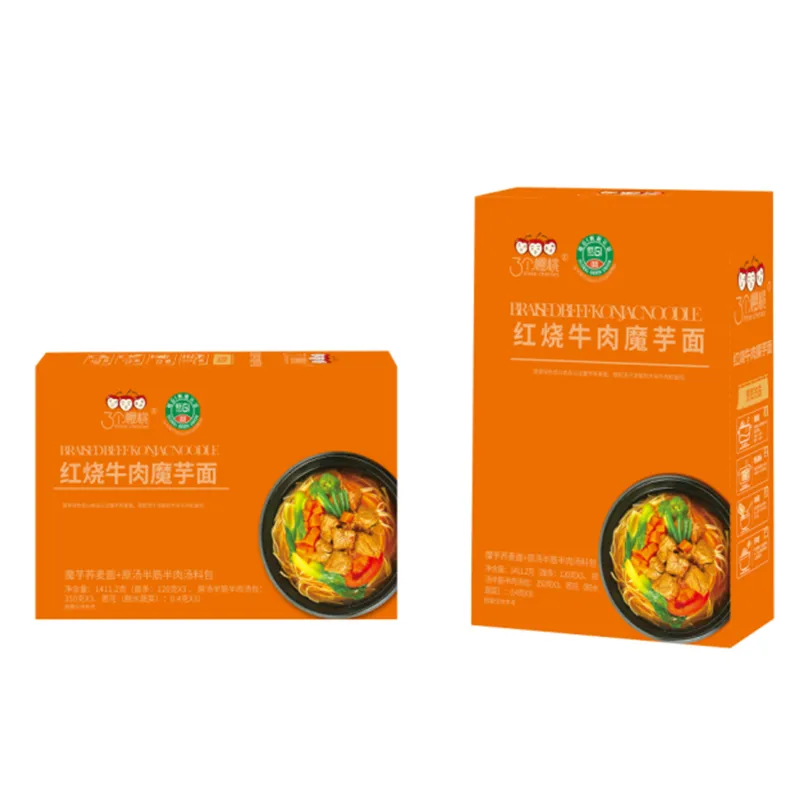Understanding the Key Differences Between Udon and Soba Noodles
The Difference Between Udon and Soba Noodles
Udon and soba are two of the most popular types of Japanese noodles, each with its unique characteristics, ingredients, and cultural significance. Although both are often served in similar fashions, they provide differing textures, flavors, and culinary experiences that are well worth exploring. In this article, we will delve into the fundamental differences between udon and soba noodles, including their ingredients, preparation methods, and traditional uses.
Ingredients and Composition
One of the primary differences between udon and soba noodles lies in their ingredients. Udon noodles are made from wheat flour, water, and salt, resulting in a thick, chewy, and smooth texture. The wheat flour gives udon its characteristic white color and allows the noodles to hold sauces and broths well.
In contrast, soba noodles are made from buckwheat flour, which contributes to their distinct flavor profile and a slightly nutty aroma. While 100% buckwheat soba noodles are highly regarded for their health benefits, they can sometimes be mixed with wheat flour to enhance their elasticity and prevent breakage. This blend yields a lighter brown color, and the texture is more delicate compared to that of udon.
Taste and Texture
The taste and texture of udon and soba are indeed one of the easiest ways to distinguish between the two. Udon noodles, with their thick and chewy formation, offer a satisfying bite when consumed. Their neutral flavor profile makes them an excellent canvas for a variety of toppings and sauces, ranging from savory broths to rich sauces and condiments.
Soba noodles, on the other hand, have a more pronounced flavor due to the presence of buckwheat. They are generally thinner and can be served cold or hot. When enjoyed cold, soba noodles are often accompanied by a dipping sauce known as “tsuyu,” while hot soba is commonly served in a broth. The unique earthy taste of soba adds an exciting layer of complexity to any dish.
Cooking Methods
udon soba noodles difference

Both udon and soba can be prepared in multiple ways, but their cooking methods differ slightly. Udon is typically boiled in water for a longer duration compared to soba due to its greater thickness. Once cooked, udon is drained and often served in a soup or stir-fried, integrated with various ingredients like vegetables, tofu, or seafood.
Soba, being thinner, cooks relatively quickly and should be watched closely to prevent overcooking. After boiling, it is usually rinsed in cold water to halt the cooking process, a technique that helps in maintaining its texture and enhances the cooling experience when served chilled.
Traditional Dishes
Both types of noodles play significant roles in Japanese cuisine and can be found in numerous traditional dishes. Udon is often served in a variety of hot noodle soups, such as “kake udon,” which is udon in a simple soy-based broth, or “yaki udon,” where the noodles are stir-fried with vegetables and proteins for a different texture and flavor.
Soba is incredibly versatile as well. One of the most famous soba dishes is “zaru soba,” which consists of chilled soba noodles served on a bamboo mat with dipping sauce on the side. Another popular dish is “kake soba,” served in a hot broth similar to udon but showcasing the unique flavor of buckwheat.
Health Benefits
In terms of health benefits, both noodles offer distinct advantages. Udon, being made from wheat, is a good source of carbohydrates and provides energy, while soba boasts a higher protein content due to buckwheat grains and is rich in dietary fiber, vitamins, and minerals. Its lower glycemic index makes soba a better choice for individuals managing blood sugar levels.
Conclusion
In summary, while udon and soba noodles may seem similar at first glance, they possess unique qualities that cater to different tastes and preferences. Udon offers a hearty, chewy experience aligning well with rich, hearty flavors, while soba presents a lighter, nuttier profile that can shine either cold or hot. By understanding these differences, diners can appreciate the rich diversity of Japanese noodle culture and choose the noodle that best suits their culinary desires. Whether you decide to indulge in a warm bowl of udon or enjoy the refreshing taste of soba, both noodles promise a delightful journey through Japan’s gastronomic landscape.
-
Unleash Your Inner Chef with Delectable Italian Pasta CreationsNewsAug.01,2025
-
Savor Health and Flavor: Irresistible Soba Noodles for Sale Await!NewsAug.01,2025
-
Nourish Your Body with Premium Organic Ramen - A Culinary Delight AwaitsNewsAug.01,2025
-
Elevate Your Dishes with Our Exquisite Kinds of Egg NoodlesNewsAug.01,2025
-
Dive into Flavorful Convenience with Our Ramen OfferingsNewsAug.01,2025
-
Discover Exquisite Types of Naengmyeon and Chilled Soba NoodlesNewsAug.01,2025
-
Is Whole Wheat Pasta Healthy?NewsMay.30,2025
Browse qua the following product new the we

















































































































